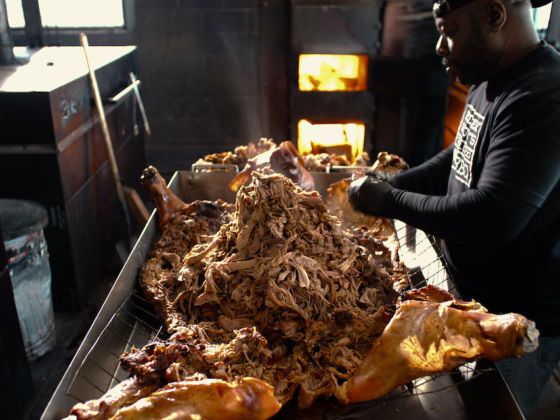Chef’s Table has covered masters of pastry and street food beloved by locals and tourists alike. Now, the series, known for its artful, elegant portrayals of food and chefs, is tackling barbecue.
Barbecue is one of the most iconic offshoots of American cuisine. The battle for barbecue dominance rages on throughout Texas, up to Kansas City, Missouri, and over to Charleston, South Carolina. But Chef’s Table: BBQ widens its lense to focus on the many international styles of barbecue.
The four-part series will cover four key barbecue regions: Mexico, Texas, South Carolina, and Australia. Each episode will highlight a pitmaster who has perfected his or her craft and solidified the barbecue in their region as must-try-before-you-die culinary excellence. Some of the chefs are reviving ancient cooking techniques, while others are considered barbecue inventors who explore more modern methods. But each one uses smoke, fire, and meat.
Before the series premieres on September 2, here’s a brief primer on each region featured in the show and their barbecue specialites.
